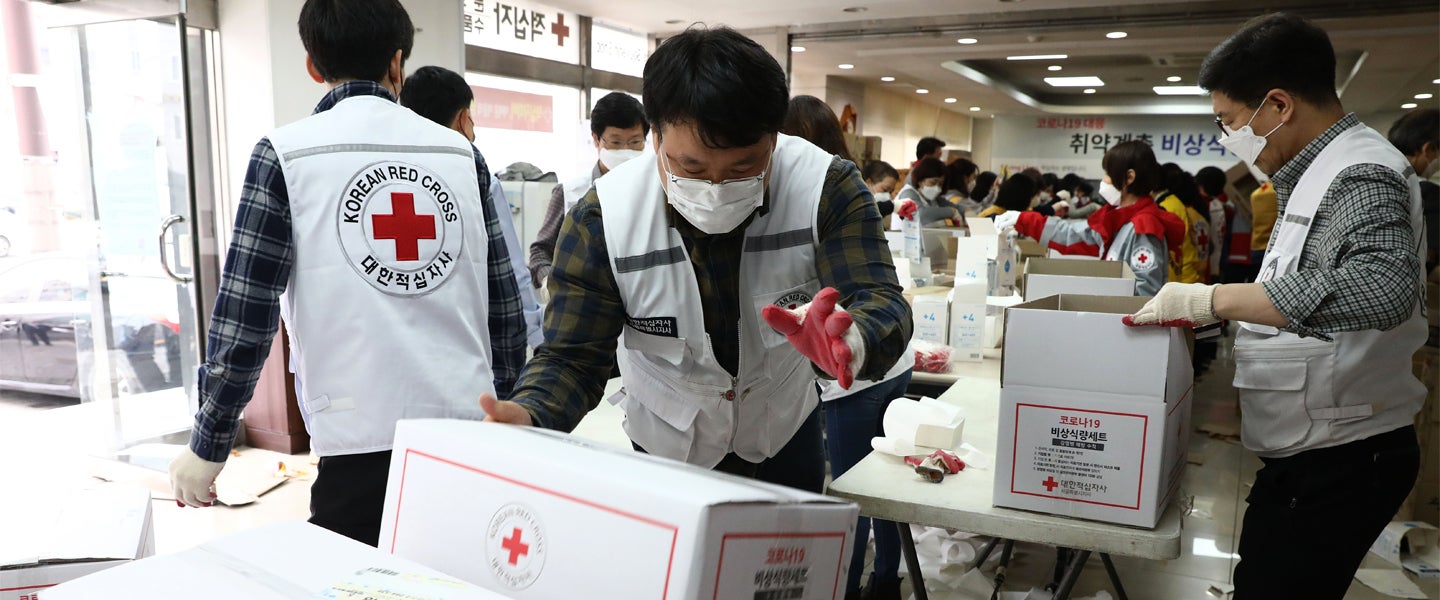It’s been only a handful of days since the passage of the $2 trillion federal stimulus package that backers say will help stabilize and ultimately save the American economy from the ravages of COVID-19. And already, it’s become clear that for regular workers and small business owners, there’s not enough for the long haul.
With large companies and corporations receiving the bulk of the bailout, experts are warning that the one-time $1,200 checks, payroll assistance and other aid will disappear in “a month and a half.” This is an especially big problem given that Senate Majority Leader Mitch McConnell is already throwing water on the idea of backing more stimulus injections. With a spark of emergency bipartisanship now spent and gone, you’ve got to wonder what, if anything, is coming down the pipeline to help us in the near future when the reality of the pandemic has sunk in and we’re all either actually broke or just behaving like it.
Democratic aides pushing need for more $ for Medicaid, food stamps, state aid — but they may find themselves jammed.
The odds of Republicans supporting that for now at least “are zero. No more spending. We did all the spending,” one WH economic adviser says
— Jeffrey Stein (@JStein_WaPo) March 30, 2020
My interview w/ McConnell…
“She needs to stand down," he says of Speaker's pursuit of a "Phase 4" bill.
Cold water on infra: "It would take a lot of convincing to convince me."
“Not at all,” he said, when asked if his judicial effort will be paused.https://t.co/0PoUVPosVW
— Robert Costa (@costareports) April 1, 2020
What are we even getting, exactly? Those with a mortgage to pay have some upside, as the CARES Act provides tools to delay payments and prevent a potential eviction. But that, too, comes without any payment forgiveness or cash aid, and it only covers about half of America’s mortgages, because you need a federally-backed loan in order to qualify. Meanwhile, rent relief is nonexistent on the federal level, leaving people to take their chances at negotiating with landlords and, as a risky last resort, organizing rent strikes.
It’s true that the stimulus act is massively expanding the unemployment insurance network, to grant eligibility to more workers (like those in the “gig economy” or with part-time freelance work) and get 600 more federal dollars a week in the pockets of those workers. But that good news is tempered by the fact that the federal benefit will disappear after four months, leaving many people surviving with an income near or below the poverty line. There are a record-breaking number of Americans filing for unemployment, and estimates suggest between 7 and 15 million people will lose their jobs in the coming year. It’s a glum picture made worse by a benefit plan that simply doesn’t do enough.
It’s especially obvious when you compare the U.S. to other countries that are choosing to shoulder more of the economic burden the pandemic is putting on average people.
In the tiny nation of Korea, the government has taken massive steps to provide free testing, care and even food packages to COVID-19 victims while ramping up cash benefits for workers. Canada’s stimulus is offering more direct aid to people than the American plan, too. The U.K. is giving direct aid to self-employed people to replace their wages, while Germany has unveiled a “rescue package” for part-time and freelance workers. Another glaring difference is in how these policies protect the economy from mass firings: “The structure the CARES Act puts in place stands in marked contrast to many European government programs, which cover large percentages of company payrolls to prevent mass firings,” argues Human Rights Watch. “Typical of economic crises, poor households have been hit hardest by layoffs related to the coronavirus and they often take longest to recover.”
Once again, we’re putting the onus on the villains to save America’s workforce, when we’ve seen them screw workers in the past and use bailouts to enrich the company and its investors above all. While there is a new temporary provision on corporations using federal aid for unethical stock buybacks, the reality of who the aid package will help most remains clear. “The need to help individuals and small firms has provided cover to the largest corporate subsidy program in U.S. history. … This is the largest step toward a centrally planned economy the U.S. has ever taken. And it socializes only losses. Profits, when they come, remain private,” write Amit Seru and Luigi Zingales, business professors at Stanford and University of Chicago, respectively.
It remains to be seen what will happen with America’s more than 5 million undocumented immigrants, who pay taxes but can’t qualify for federal aid, or how the homeless will cope without an address to get their check at. It also remains to be seen how the costs of testing and medical care will change the lives of so many who never planned on getting pneumonia from a flu strain. But what keeps getting clearer is that this was an unprecedented moment for America, which its leaders proclaim is the most prosperous and successful country in the world, to show its might. Instead, it left us with a half-measure — which might be the actual most American thing about the government and those who lead it.

